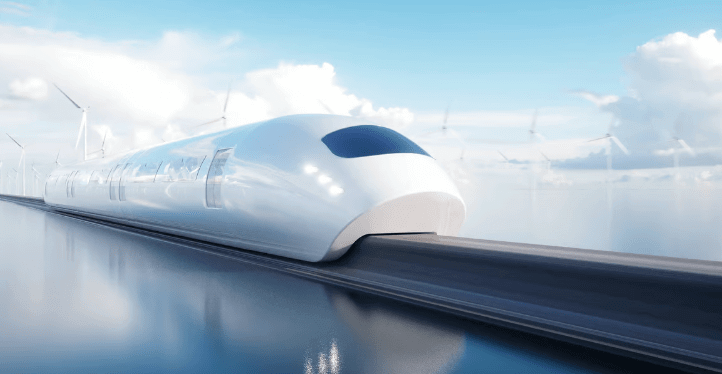In the realm of urban transportation, advancements in technology have continually reshaped the landscape of how people move within cities. Among these innovations, magnetic levitation, commonly known as maglev, has emerged as a promising solution to address the challenges of congestion, pollution, and efficiency that plague traditional transit systems.
MYLT34, the latest iteration of maglev technology, represents a significant leap forward in the quest for sustainable and efficient urban mobility.
Understanding Maglev Technology
Magnetic levitation technology operates on the principle of using magnetic fields to lift and propel vehicles along a guideway, eliminating the need for wheels, axles, or physical contact between the vehicle and the track. This frictionless mode of transportation offers several advantages over conventional rail systems:
- Speed and Efficiency: Maglev trains can achieve speeds significantly higher than traditional trains, reaching up to 600 kilometers per hour (373 mph) in some implementations. This speed not only reduces travel times but also enhances the capacity of the transportation network by allowing more frequent trips.
- Environmental Benefits: By eliminating direct friction, maglev systems reduce energy consumption and minimize wear and tear on infrastructure, resulting in lower operational costs and reduced carbon emissions compared to fossil fuel-dependent modes of transport.
- Safety and Comfort: The absence of moving parts between the train and the track results in a smoother and quieter ride for passengers. Moreover, maglev technology is inherently safer than traditional rail systems as it reduces the risk of derailments and collisions.
The Evolution to MYLT34
MYLT34 represents the culmination of decades of research and development in maglev technology. Building upon previous iterations such as the Transrapid and SCMaglev systems, MYLT34 integrates advancements in magnetic propulsion, energy efficiency, and materials science to offer several groundbreaking features:
- Enhanced Efficiency: Improved magnetic propulsion systems and streamlined design contribute to higher energy efficiency, making MYLT34 a sustainable alternative for urban transportation.
- Adaptability: MYLT34 is designed to be adaptable to various urban environments, offering flexibility in route planning and integration with existing infrastructure.
- Smart Integration: Incorporating IoT (Internet of Things) technology and real-time data analytics, MYLT34 systems can optimize operations, maintenance, and passenger experience, ensuring seamless connectivity and reliability.
Implementation and Future Prospects
Several countries and cities around the world are actively exploring the implementation of maglev systems like MYLT34 to address urban mobility challenges. Japan, for instance, has been a pioneer with its SCMaglev technology, while projects in Europe and China showcase the global interest in leveraging maglev for sustainable urban transportation.
Looking ahead, the widespread adoption of MYLT34 could revolutionize urban transportation by offering a scalable, efficient, and environmentally friendly alternative to conventional modes of transit. As cities continue to grow and mobility demands increase, technologies like magnetic levitation hold the promise of transforming how people move within urban landscapes, paving the way towards smarter and more sustainable cities.
Conclusion
MYLT34 represents not just a technological advancement but a paradigm shift in urban transportation. By harnessing the power of magnetic levitation, cities can aspire to create cleaner, faster, and more efficient transit systems that enhance quality of life for residents and visitors alike. As development and deployment efforts progress, the potential benefits of MYLT34 are poised to reshape the future of urban mobility on a global scale.


